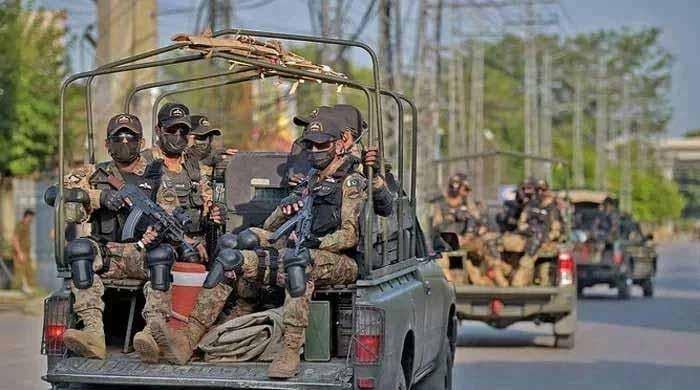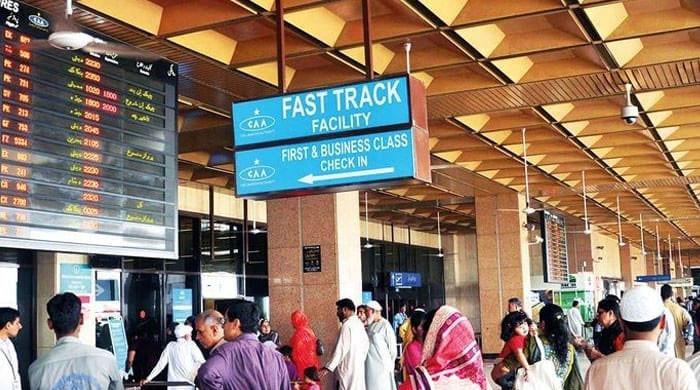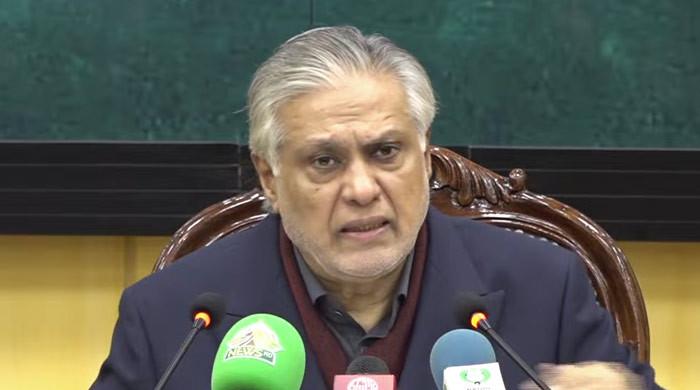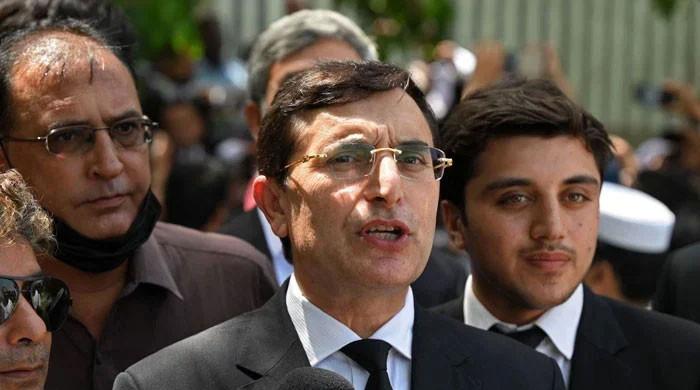NDMA emergency wing warns of heavy rains, flash floods starting from July 6
Alert says waterlogging, traffic disruption, and damage to weak structures due to strong winds, lightning also possible
July 04, 2025
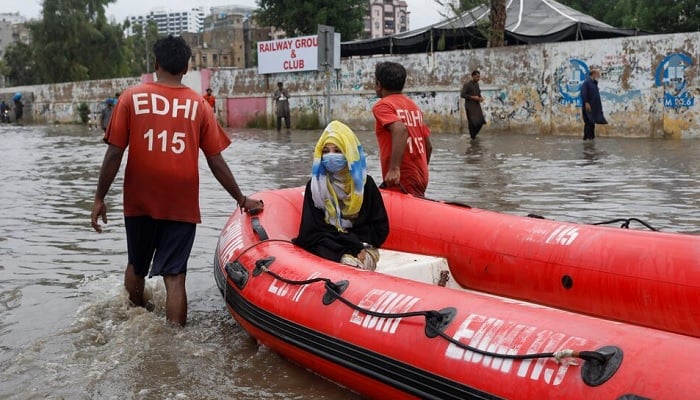
The National Emergencies Operation Centre (NEOC) of the National Disaster Management Authority (NDMA) on Thursday warned of heavy rain, thunderstorms, and flash flood risk across parts of the country from July 6 to 10.
Impact-based weather alerts issued by NEOC have cautioned the general public that monsoon activity, combined with a strong westerly wave, may affect multiple regions during this period.
Northern areas, in particular, face a higher risk of flash floods from July 7 to 12. Isolated rain and thunderstorms are expected in Islamabad and parts of Punjab, including Rawalpindi, Attock, Jhelum, Chakwal, Mianwali, Sargodha, Khushab, Gujranwala, Gujrat, Faisalabad, Lahore, Kasur, Okara, and nearby areas from July 6 to 10. Widespread moderate to heavy rainfall is also expected across northern and central Punjab.
Southern Punjab district, including Multan, Khanewal, Bahawalpur, Bahawalnagar, Rahim Yar Khan, and Dera Ghazi Khan, may receive light to moderate rain. In Khyber Pakhtunkhwa, heavy rain and thunderstorms are likely in Dir, Swat, Chitral, Kohistan, Shangla, Buner, Battagram, Swabi, Nowshera, Charsadda, Malakand, Mansehra, Abbottabad, Peshawar, Mardan, Haripur, Bannu, and Kohat.
Gilgit-Baltistan and Azad Jammu & Kashmir are expected to see moderate to heavy rainfall, especially during the evening and night. Areas at risk of flash flooding include Gilgit, Skardu, Hunza, Astore, Diamer, Ghanche, Shigar, Muzaffarabad, Neelum Valley, Rawalakot, Haveli, and Bagh.
These conditions could lead to flash floods in local streams and nullahs, landslides, road blockages, and disruptions to power and communication systems. In Sindh, isolated to moderate rainfall is expected in Sukkur, Nawabshah, Kashmore, Hyderabad, Karachi, Tharparkar, Mirpur Khas, Umerkot, Sanghar, Jamshoro, Tando Allahyar, Thatta, Badin, and Mithi.
Heavy rainfall is likely in Ghotki, Khairpur, Shikarpur, Larkana, Jacobabad, and Dadu, which could result in urban flooding, traffic congestion, and damage to infrastructure. Balochistan may receive scattered to heavy rain in Quetta, Zhob, Ziarat, Kalat, Khuzdar, Awaran, Barkhan, Jaffarabad, Kohlu, Sibi, Dera Bugti, Loralai, Lasbela, and Naseerabad.
Waterlogging, traffic disruption, and damage to weak structures due to strong winds and lightning are also likely, and residents should strictly follow precautions.
The authority has, in its advisory, also called on the public to avoid unnecessary travel, stay indoors during intense weather, and secure household items and vehicles.
Tourists are strongly urged not to travel to high-altitude or flood-prone areas during this period. Local authorities have been directed to ensure the readiness of emergency response teams, clear drainage systems, and raise public awareness. Motorists are advised to avoid driving through flooded roads and underpasses.
Emergency services will remain on high alert for potential rescue and evacuation efforts.
Citizens are encouraged to stay updated through NDMA’s official advisories and to download the Pak NDMA Disaster Alert App for real-time weather updates, safety tips, and early warnings.




